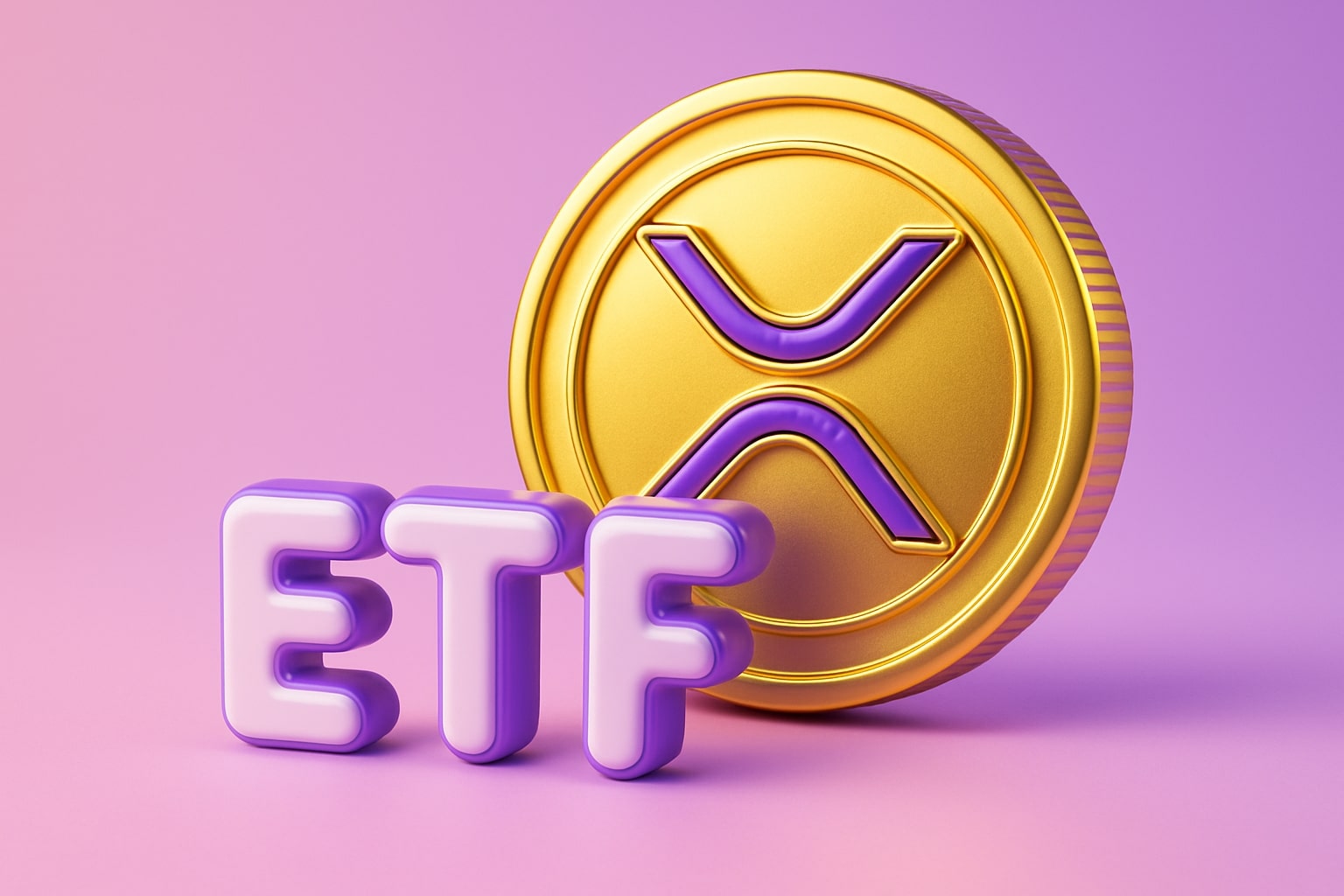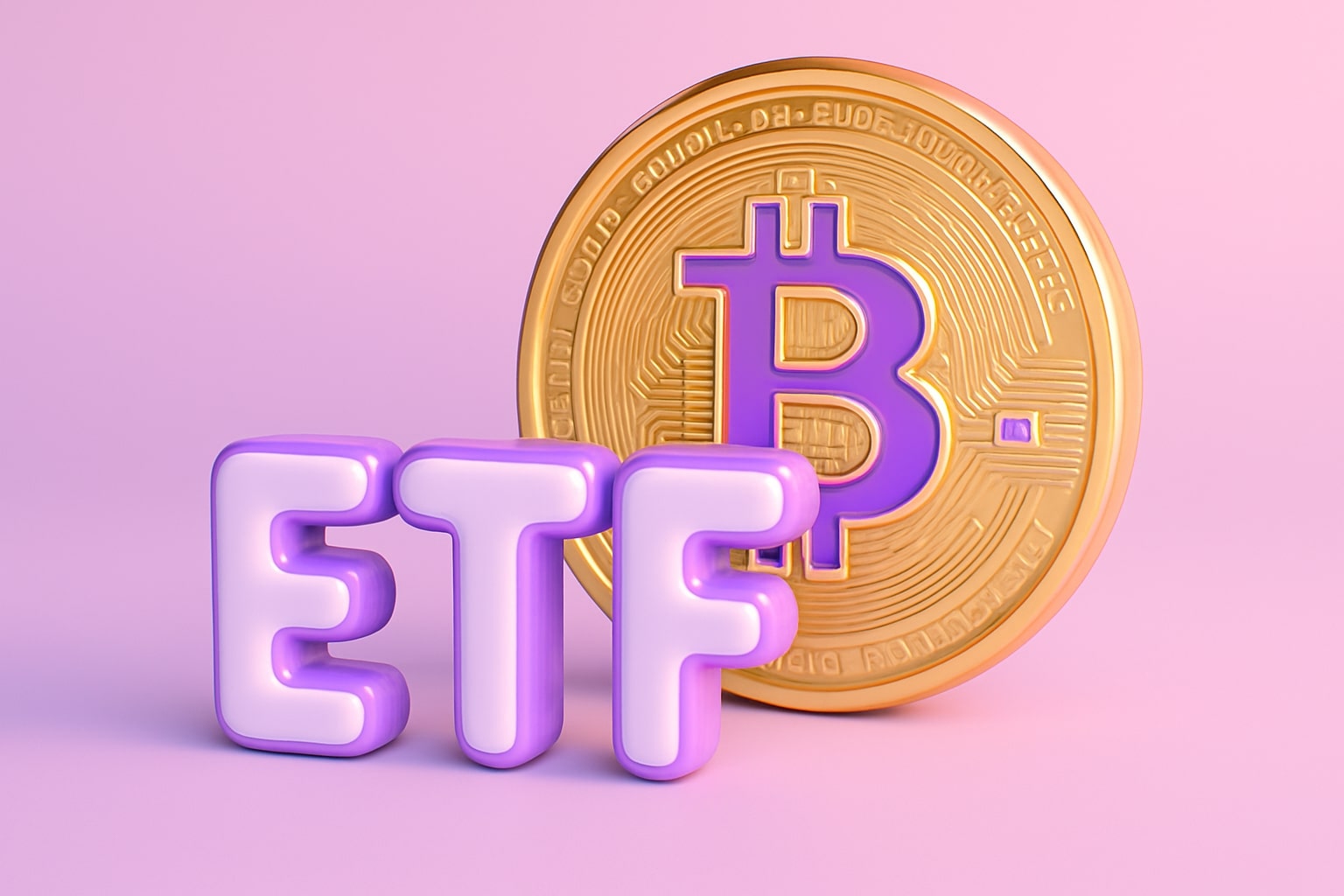NASDAQ:VGIT Rises to $60.18 as Intermediate Treasuries Regain Momentum and Yield Curve Normalization Favors Duration Stability
The Vanguard Intermediate-Term Treasury Index Fund ETF Shares (NASDAQ:VGIT) closed at $60.18, gaining 0.08% on October 31 as investors recalibrated expectations for U.S. interest rate cuts and turned back toward the intermediate segment of the Treasury market. With the yield curve partially steepening and inflation trends cooling, VGIT’s structure—anchored in 3- to 7-year maturities—has positioned it as the preferred balance between yield capture and duration control. The fund currently maintains an effective duration of 4.9 years, reflecting moderate sensitivity to interest rate changes, and a 30-day SEC yield of 3.73%, which stands slightly above short-duration peers such as Vanguard Short-Term Treasury ETF (VGSH) yielding 3.58%.
The ETF, which launched in November 2009 and is managed by Vanguard Group, tracks the performance of intermediate U.S. Treasuries and carries an ultra-low expense ratio of 0.03%, making it one of the most cost-efficient fixed-income vehicles in the market. Its assets under management now exceed $41.7 billion, invested across 103 Treasury notes, none of which carry corporate or mortgage exposure. That focus on pure sovereign debt has made VGIT an anchor for defensive portfolios seeking predictable income without credit risk exposure.
Intermediate bonds like those held in VGIT have regained favor following the Federal Reserve’s transition from tightening to gradual easing. The Fed began cutting rates in 2024, paused in early 2025, and has recently resumed reductions to counter a slowing labor market and moderate inflation. Nonfarm payroll growth has weakened throughout 2025, and the unemployment rate has risen to 4.3%, signaling a transition toward a softer labor market. Weekly jobless claims have remained elevated, reflecting reduced hiring appetite across key sectors. These dynamics have pushed investors toward intermediate Treasuries, where coupon yields remain competitive but duration risk is better contained than in long-term funds like iShares 20+ Year Treasury Bond ETF (TLT), which continues to experience elevated volatility.
VGIT’s price stability and gradual appreciation since July coincide with declining inflation pressures. Both CPI and Core CPI rose 3% year-over-year, a manageable level that supports further monetary easing rather than renewed tightening. The disinflation backdrop has flattened volatility across the curve: short-duration bonds risk reinvestment losses if rates fall further, while long-duration Treasuries suffer from excessive sensitivity. VGIT, straddling the 3-7 year range, offers the “sweet spot” where roll-down effects, coupon accrual, and duration exposure converge into optimal performance potential.
Recent macro indicators reinforce this setup. The 10-year minus 3-month Treasury spread has partially normalized from its earlier inversion, signaling less recession risk and a smoother rate trajectory. The Chicago Fed National Financial Conditions Index (NFCI) remains near neutral, reflecting that liquidity and credit conditions are not tightening aggressively. Meanwhile, the Fed’s 13-week balance sheet momentum is flat, showing that no major quantitative easing or tightening is taking place, allowing Treasury yields to find equilibrium. Under these conditions, VGIT’s return profile now depends primarily on carry and roll-down—steady income from coupons and small capital gains as bonds mature into shorter durations—rather than macro-driven rallies.
VGIT’s sensitivity to rate movements is efficiently balanced, benefiting when yields decline without facing the severe price swings of long-duration ETFs. Its rolling structure allows it to continuously refresh holdings as bonds mature below three years, maintaining its duration target. The turnover ratio of 52% may appear high, but in this context, it reflects structural rotation rather than active trading, ensuring duration consistency. For investors focused on predictable total return, this turnover-driven renewal enhances reliability during periods of moderate yield compression.
When compared with peers, VGIT has consistently outperformed iShares 7-10 Year Treasury ETF (IEF) on a cost-adjusted basis. Vanguard’s 0.03% management fee sharply undercuts BlackRock’s 0.15%, and this seemingly minor difference translates into material alpha over time. The Vanguard Intermediate Bond ETF (BIV) currently edges out VGIT in raw performance due to its slightly longer 7.2-year duration, but that additional yield comes with greater exposure to corporate bonds and higher volatility. VGIT remains the purer Treasury play for investors seeking stability over speculative yield enhancement.
The 5-year real yield and the 5-year breakeven inflation rate remain in neutral zones, suggesting the nominal discounting environment is steady. Real rates have declined from local highs seen in early summer, easing downward pressure on intermediate-duration assets. Breakeven inflation expectations have cooled but remain above pre-2020 averages, supporting moderate returns for Treasury holders. The absence of inflation overshoot risk allows VGIT’s bond prices to gradually strengthen as the Fed continues to steer real yields lower.
From a portfolio construction standpoint, NASDAQ:VGIT now represents the equilibrium point between short-term reinvestment risk and long-term volatility. Its yield advantage over short-duration funds provides incremental return potential without sacrificing defensive characteristics. The price range of $60.14–$60.21 reflects minimal intraday volatility, confirming that institutional traders view this as a low-beta defensive anchor in the Treasury market. The 52-week high of $60.57 remains within reach, and breaching that level could trigger additional inflows from yield-focused investors seeking safety amid global uncertainty
VGIT’s appeal also lies in its predictable income stream. The ETF distributes dividends monthly, with the most recent payout recorded at $0.1907 per share. The compounding effect of these steady distributions enhances total return potential in a declining rate environment. Historically, when the Fed transitions from tightening to easing cycles, intermediate-term Treasuries outperform both cash-like vehicles and long-dated bonds on a risk-adjusted basis. The last comparable environment—during the 2019 and 2020 easing cycles—saw intermediate-duration indices outperform short-duration ones by more than 120 basis points annually.
With inflation anchored near 3%, unemployment rising, and fiscal volatility subdued, VGIT enters a favorable environment where coupon carry and capital stability outweigh reinvestment risk. As the yield curve continues to reprice toward normalization, intermediate Treasuries stand to gain modestly in price while preserving income. VGIT’s combination of scale, liquidity, and minimal fees cements its position as the benchmark for investors positioning for declining rates without assuming the volatility of long bonds.
Given current conditions—price at $60.18, yield near 3.73%, and a Fed poised to ease gradually—the outlook for NASDAQ:VGIT remains bullish. The ETF’s design offers precisely what the Treasury market demands in late-cycle environments: steady income, moderate duration, and resilience against volatility shocks. For investors reallocating from equities or cash, VGIT offers a disciplined vehicle to capture bond-market upside as yields moderate through 2026, aligning stability with performance in a recalibrating rate regime.
That;s TradingNEWS



















